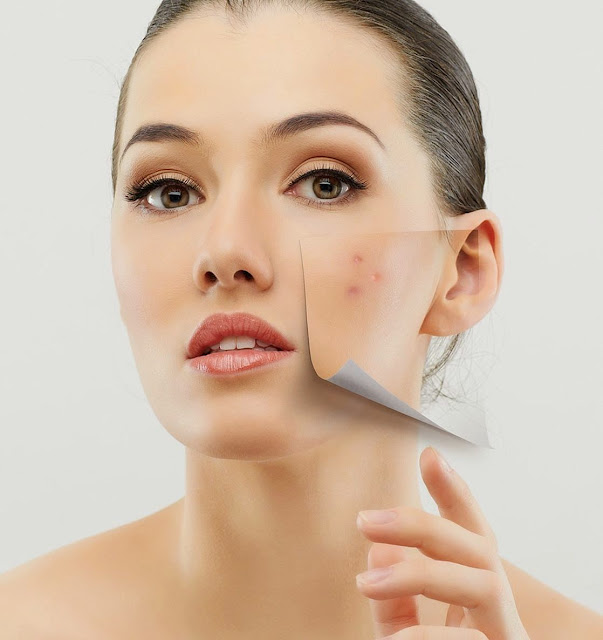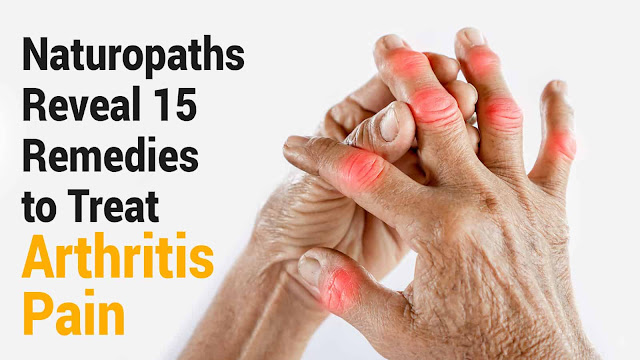Does this sound weird to you? The use of herbs to improve memory (Memory Loss,Dementia, Alzheimer) has
been practiced in several countries. Native Americans, peoples of the Orient,
Egyptians and Greeks all used herbs to improve memory.
When approaching an exam or to prevent age-related intellectual disability problems, it is useful to know the natural means to boost your cognitive functions. We introduces you to 10 plants recognized for their virtues on memory and / or concentration.
1- Parsley and thyme:
Apigenin is a flavonoid found in these spices which is good for
strengthening the connections between neurons and mother cells.
Some researchers believe that a diet rich in apigenin may influence
brain cell formation and communication.
This is why parsley and thyme are some of the best herbs and spices to
contain this product.
Plus, these condiments in your meals may also help prevent depression,
Alzheimer's and Parkinson's disease.
You may never have heard of apigenin, only estrogen.
The chemical structure of these two plants is very similar, as estrogen
also works together in the development of neurons.
Apigenin causes the same types of cellular changes as estrogen.
2- Chamomile for your brain:
Who doesn't have chamomile tea bags at home? If you like it a lot, then
you will have one more reason to want to have this drink when you have a
meeting or, simply when you enjoy it while watching the sun go down.
Among the best herbs and spices, chamomile is a totally recognized and
real stress killer.
Not only does it give you a feeling of peace and calm, it also helps you
regulate anxiety.
Chamomile contains components that can bind to receptors for certain
chemicals in the brain, reducing anxiety in the process.
Our recommendation is to have a cup of chamomile tea in the evening,
before going to sleep. This will relax you and promote your sleep.
3- Sage :
When there is memory loss it is very difficult to recover. However, we can
optimize their performance.
If we name the best herbs and spices, this one could not be missed,
which apparently improves memory performance.
If you want to improve your learning, your memory and your attention,
you now know what to ask your herbalist.
However, you need to be careful if you are consuming sage supplements
and consult your doctor first. Because it can be dangerous for some people, for
example, those who suffer from high blood pressure.
4- Mint for your brain:
It is one of the best herbs and spices, and therefore can never be
missing in your kitchen. If you work a lot, you can't help but consume mint.
This rich and delicious herb is a great help in improving the working
memory of healthy adults.
In addition, it is also a common remedy for nausea.
You can take it in tea, just like chamomile, and with a little honey. You
will see that in about 20 minutes you will notice better long-term memory, and
in labor, better alertness.
If you prefer a good milkshake that gives you energy and nutrients, add
a few fresh mint leaves to the mix and enjoy its refreshing flavor.
5- Rosemary for your brain:
This spice has a rich aroma of essential oil and its smell can simply
improve the prospective memory of people over the age of 65.
You will wonder what prospective memory is. It is about the ability to
remember specific events and the tasks that will follow in the future, such as
the doctor's appointment, our birthday or that of our children.
So, if you want to improve the prospective memory of a loved one or even
your own, follow this recommendation.
This technique has already been used in comparative studies with people
over the age of 65 in a room scented with lavender, another with rosemary and a
last without perfume.
6- Turmeric:
Turmeric contains curcumin which is the element that makes it
anti-inflammatory. This is an antioxidant and it improves the activity of
antioxidants already present in the body.
Unfortunately, this antioxidant is not very present in the spice, at
around 3%.
In addition, it is rather poorly absorbed. In order to optimize its use,
it is recommended to combine it with black pepper, which has the effect of
improving its absorption rate by 200%.
For the brain, curcumin increases the protein BDNF which has the effect
of improving brain growth. This therefore dilutes (and even reverses in some
cases) brain diseases linked to old age such as Alzheimer's and dementia.
Serotonin and dopamine are also increased which reverses the narrowing
of the hippocampus. It improves your happiness and can counter depression.
Curcumin also helps counter inflammation and oxidative damage. This is
then as good for brain diseases (Alzheimer's, etc.) as it is for joint problems
such as arthritis.
People need to be reminded that
if they are on blood thinners to stay away from turmeric.
7- Ginger:
Ginger contains volatile oils making it one of the best foods to calm
nausea and vomiting. It also serves as a good digestive and can then increase
appetite.
That said, ginger has different components that help protect the brain,
offer anti-inflammatory properties (so it fights osteoarthritis and joint and
muscle pain) and can help heart function.
In addition, it helps control blood sugar levels. It is then good to
combine it with high carbohydrate meals and / or with high glycemic index
foods.
8- Garlic:
It promotes blood flow to the brain and kills cancer cells therein.
With more blood available, it improves memory and the ability to learn.
In addition, the increase in the arteries in the brain helps prevent the
development of free radicals and inflammation.
In the long term, garlic prevents brain degeneration, thus providing
better longevity and the prevention of brain diseases such as Alzheimer's.
9- Ginseng to improve concentration:
Ginseng is a stimulating plant that would have beneficial effects on the
cognitive functions and the intellectual concentration of those who consume it.
A study of 3 adolescents between 14 and 17 years old with ADHD1
(Attention Deficit Hyperactivity Disorder) showed that consuming ginseng
reduced their hyperactivity, concentration problems and immaturity. Similar
results were shown in a study of 18 young people aged 6 to 14 who also had
ADHD2, and who were given 1 g of ginseng daily. However, there is little
evidence to explain these positive effects.
While ginseng has benefits on concentration, studies of its effects on
memory are fewer and more controversial. A study dating from 1987 carried out
several tests on rats and showed that a daily dose of 10 to 30 mg / kg of
ginseng considerably increases the capacities of learning and memorization.
However, another 2010 study4 of 30 people with an average age of 22.9 years did
not show any particular benefit on memory.
How to consume ginseng?
Ginseng can be consumed as a mother tincture, as a capsule or as a
decoction (boil 1 g to 2 g of the roots in 150 mL of hot water for 10 to 15
minutes). Dosages can be up to 3 g, 3 times a day.
10-Ginkgo biloba to reduce the manifestations of hyperactivity:
Ginkgo is commonly found in extract form, the most recommended being
EGb761 and Li 1370 extracts. The World Health Organization recognizes the use
of standardized extract of Ginkgo leaves to treat memory loss and pain.
concentration disorders, among others.
Some studies have been done on people with ADHD1,2 (Attention Deficit
Hyperactivity Disorder), and have shown encouraging results. In particular,
patients showed fewer signs of hyperactivity, inattention and immaturity. One
of this research studied the combination of ginseng and ginkgo to treat ADHD in
36 people with ADHD, and patients also showed signs of improvement in
hyperactivity, social problems, cognitive problems. , anxiety… etc.
Another study looked at 120 people with cognitive impairments, aged
between 60 and 853. Half of the group received 19.2 mg of ginkgo as a tablet, 3
times a day. After 6 months of treatment, this same group scored significantly
higher than the control group on two memory tests.
Finally, the benefits of ginkgo on memory have also been studied in 188
healthy people between the ages of 45 and 564, given 240 mg of EGB 761 extract
once daily for 6 weeks. The results showed that treatment with ginkgo was
superior to placebo, but only in the case of exercise requiring a rather long
and complex memorization process.
It is usually recommended to consume 120 mg to 240 mg of extracts (EGb
761 or Li 1370) per day, in 2 or 3 doses with meals. It is recommended to start
with 60 mg per day and gradually increase the dose to avoid possible side
effects. The effects of ginkgo may take a long time to appear, which is why it
is recommended that you take at least 2 months of treatment.
Before rushing into the benefits of any of these herbs, please educate
yourself first and make sure that there will not be any negative interactions
with any medications you are currently taking. The idea is to improve your
memory, not to damage your health further in any other way.


